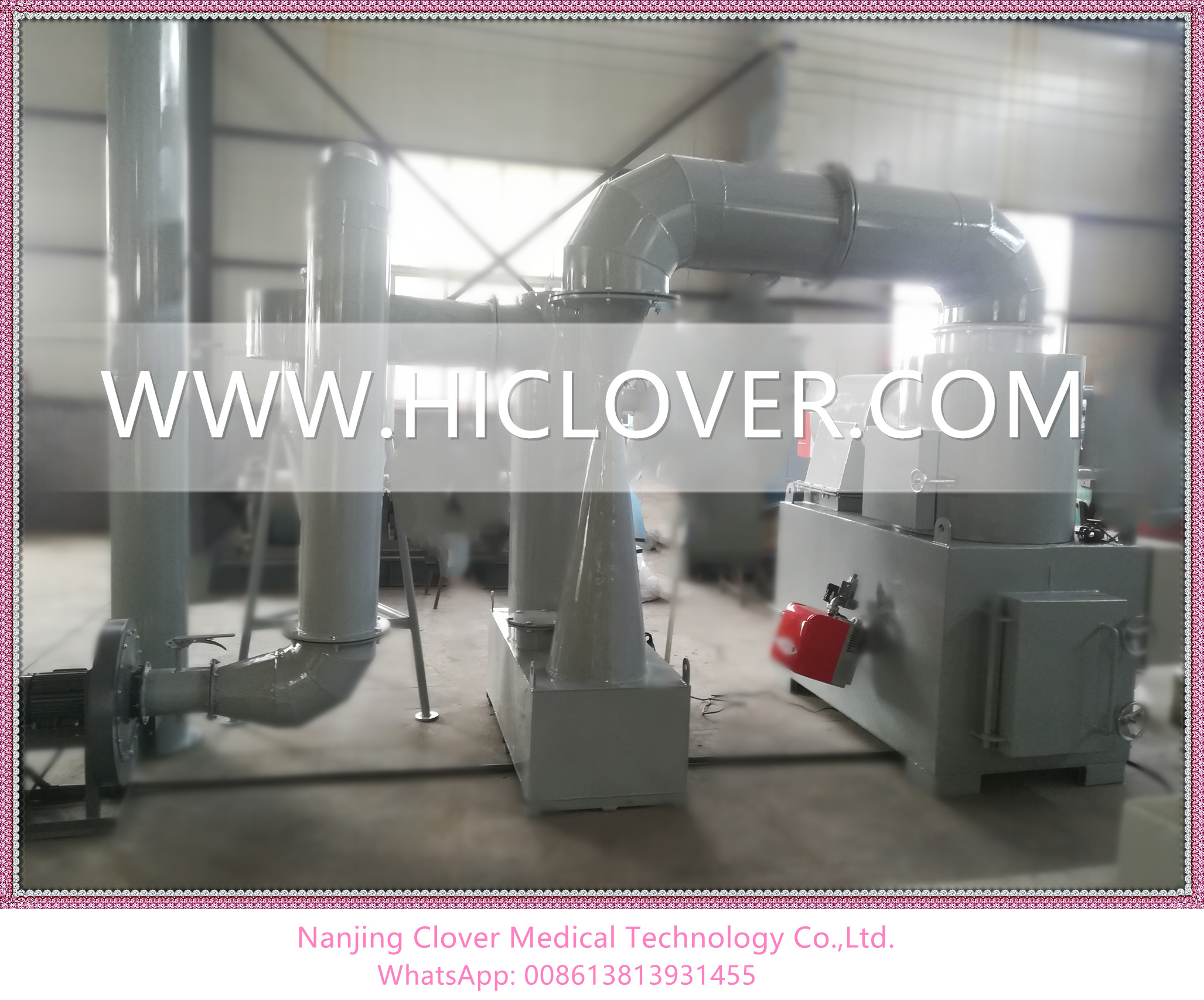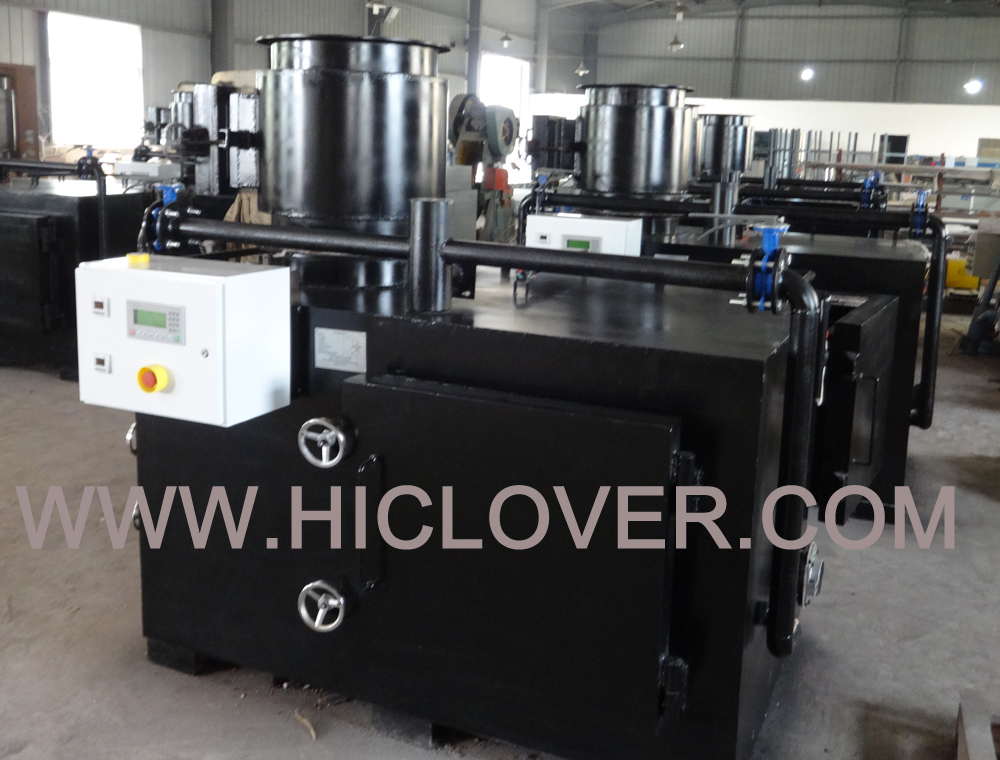Incinerators have long been a source of concern for local neighborhoods, and for good reason. Not only do they release harmful pollutants into the air, but they can also have a significant impact on the health and well-being of the communities that surround them. As such, it’s important to understand the potential implications of incinerators on local neighborhoods and what can be done to address these concerns.
One of the primary concerns regarding incinerators is their impact on air quality. Incinerators release a variety of pollutants into the air, including particulate matter, nitrogen oxides, sulfur dioxide, and heavy metals. These pollutants can have serious health implications, particularly for vulnerable populations such as children, the elderly, and those with pre-existing respiratory conditions. Studies have linked exposure to these pollutants with a range of health issues, including respiratory problems, heart disease, and even cancer.
In addition to the direct impact on air quality, incinerators can also contribute to the production of greenhouse gases, which can contribute to climate change. This can have broad-reaching implications for the environment and the health of the planet as a whole.
Furthermore, the visual and olfactory impact of incinerators on local neighborhoods can be significant. The sight and smell of a large-scale incinerator can be a constant source of distress and discomfort for residents, impacting their quality of life and overall well-being.
Given these concerns, it is understandable that communities would want to take action to address the potential impacts of incinerators on their neighborhoods. One possible solution is to advocate for stricter regulations and emissions standards for incinerators, ensuring that they operate in a way that minimizes their impact on local air quality. Additionally, communities can push for the implementation of monitoring systems to track air quality around incinerators, as well as the implementation of health impact assessments to better understand the potential health implications for local residents.
Another potential solution is to explore alternative waste management methods that do not rely on incineration. This could involve investing in recycling and composting programs to reduce the amount of waste that needs to be incinerated, as well as exploring other technologies such as anaerobic digestion or gasification.
Ultimately, it’s important for communities to be engaged and informed about the potential impacts of incinerators on their neighborhoods. By working together and advocating for solutions that prioritize public health and environmental well-being, communities can work towards mitigating and addressing the concerns associated with incinerators. After all, the health and well-being of local residents should always be a top priority when it comes to making decisions about waste management and environmental stewardship.



